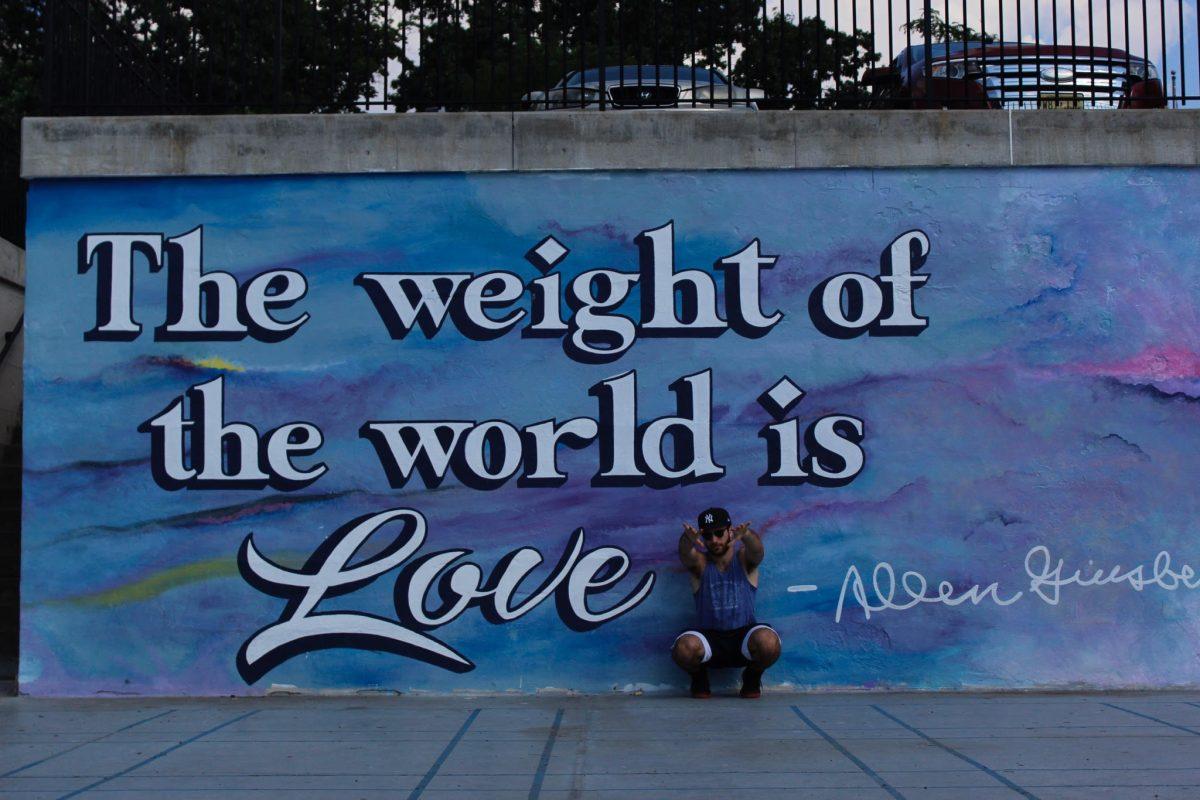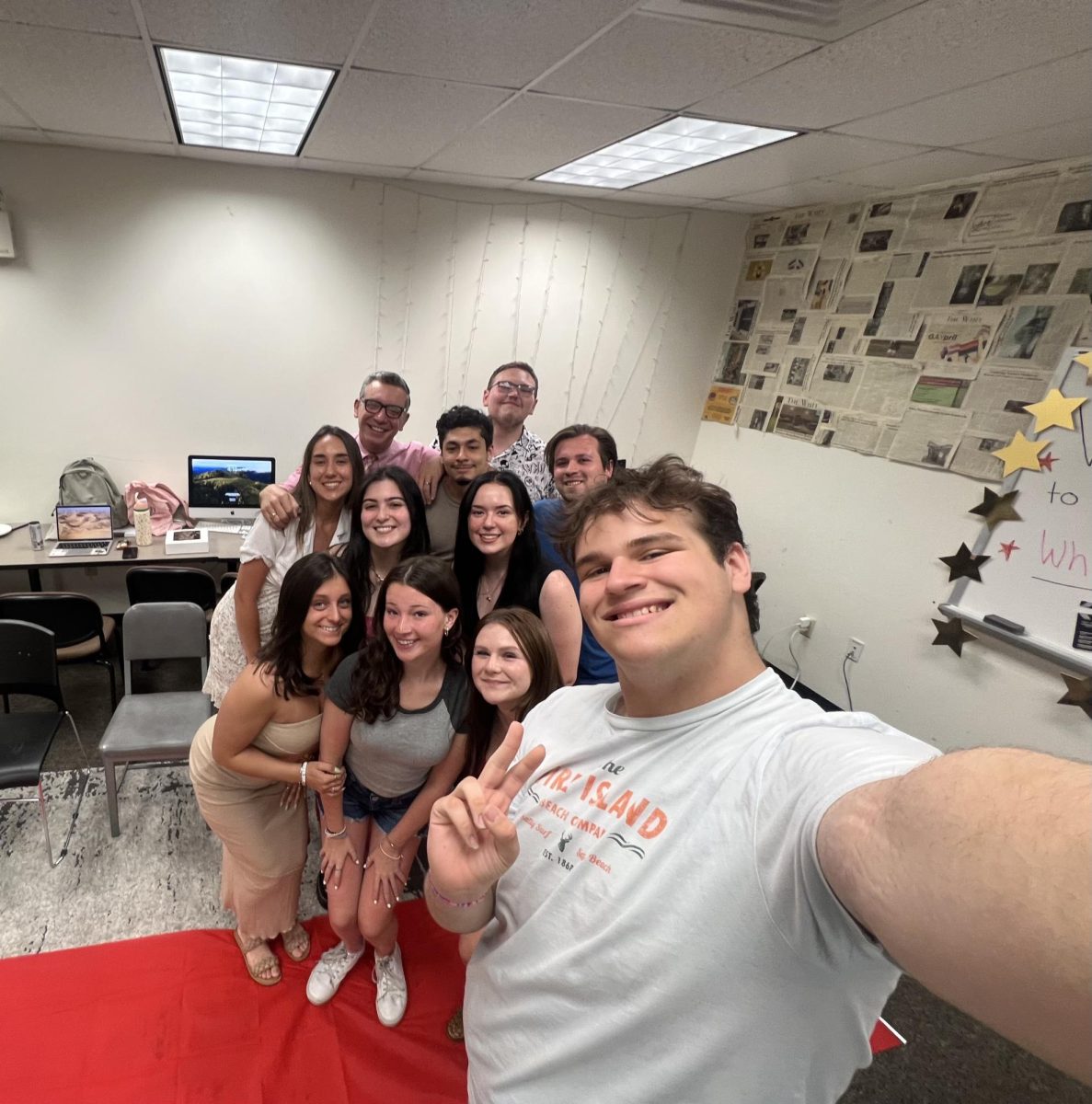Few things about a contemporary democratic society are more beautiful, valuable and meaningful than the intersection between activism and art.
Making art is an innately human act, and it can also be a vehicle to achieve social and political change. Messages that are woven into poetry, song, photography, painting, sculpture, graffiti or any of the limitless mediums that can be borne by human minds are sources of inspiration that drive us forward.
In fact, using art as a means to expedite change comprises much of the very spirit of metamodernism, according to pioneering artist Luke Turner. He explains that “the discourse surrounding metamodernism engages with the resurgence of sincerity, hope, romanticism, affect and the potential for grand narratives and universal truths.” And it is what it is because, as Turner put it, “a yearning for meaning — for sincere and constructive progression and expression — has come to shape today’s dominant cultural mode.”
Art-based activist movements today are constantly using their art to establish universal truths. Such truths as that Black Lives Matter, that everyone is entitled to these basic human rights without condition or compromise and that we ought to do more for the environment, for example. And that is a wonderful thing.
In 2018, photographer and artist Jeremy Cowart’s commitment to finding the “intersection of creativity and empathy” led him to begin a photography-based project to frame the national refugee conversation in America. In this project, people who were afraid of or against refugees were invited to actually listen to the stories of refugees.
“The results,” Cowart’s website says, “showed the power of what happens when we talk through our differences in person versus online. Healing, forgiveness, understanding and reconciliation took place right in front of the camera in nearly every encounter.”
In this way, Cowart’s work was instrumental in getting people from different mindsets and walks of life in Georgia to overcome their differences and appreciate one another. And this project was made all the more critical given that it came in the wake of considerable xenophobia in the United States.
Artistic activism may not be the end-all be-all of contemporary issues. Cowart for example could not have succeeded, through his work in and of itself, in getting xenophobic legislation like the Muslim travel ban overturned. But even so, the importance of this art cannot be denied.
South Texas-based artist Nansi Guevara wrote in depth on how “socially conscious artists are at the forefront of movements and change, pushing boundaries and bringing the seemingly invisible to light.” Guevara argued that artists “are the pulse of the community, and art has the power to help us imagine a better world.”
“[Art] is essential,” she continued, “in our fight for justice because we need to be able to first imagine change in our minds in order to create it.”
Fine artist Stanley Rayfield had always aspired to create art that inspired good and positive change. His painting of Jesus as a Black man was one of the first of such paintings to become prominent.
“I was just trying to show a depiction of Christ that I felt was underrepresented,” he said. “My intention for creating it at the time was, well maybe my image will show up on Google one day, as a positive reference.”
The muse for this project was a fellow artist and friend of Rayfield, Steve Conaway. “People understand that narratives and history are shaped by our depictions, and our historians’ depictions of historical figures,” Conaway said. “And Jesus being one of the most — if not the most — important figures in our history, it’s just really important for other people to see themselves in this type of figure.”
This project came in the midst of the Black Lives Matter movement, when the controversy of the perpetuation of Confederate monuments was at the forefront of public discourse.
As Rayfield pointed out, “there’s a lot of eyes awakening to a lot of things, and it’s a perfect time to create something hopeful.” As their painting project was completed, Rayfield and Conaway posed with the portrait of Jesus as a Black man in the Confederate Memorial Chapel in Virginia.
When thinking about how art intersects with activism, few more prominent examples, if any, could come to mind than former U.S. Youth Poet Laureate Amanda Gorman’s poem reading at Joe Biden and Kamala Harris’ inauguration.
Her poem, “The Hill We Climb,” is the perfect representation of all the ideals espoused in metamodernism. Sincerity, hope and the potential for grand narratives and universal truths are on full display with every word. In her poem, she emphasizes that “we will not march back to what was, but move to what shall be.”
“There is always light,” Gorman concluded, “if only we’re brave enough to see it. If only we’re brave enough to be it.”
Artistic activism at its core, per the Center for Artistic Activism, is a practice aimed at generating emotionally resonant experiences that lead to measurable shifts in power. This act is something that is within all our power to do.
As art is an innately human act, art is also a universal language, or practice. We all have the capacity to use the art within us to generate experiences that resonate with people on an emotional level, and that lead to measurable power shifts.
For comments/questions about this article, tweet @TheWhitOnline.

























































































































































!["Working with [Dr. Lynch] is always a learning experience for me. She is a treasure,” said Thomas. - Staff Writer / Kacie Scibilia](https://thewhitonline.com/wp-content/uploads/2025/04/choir-1-1200x694.jpg)










































